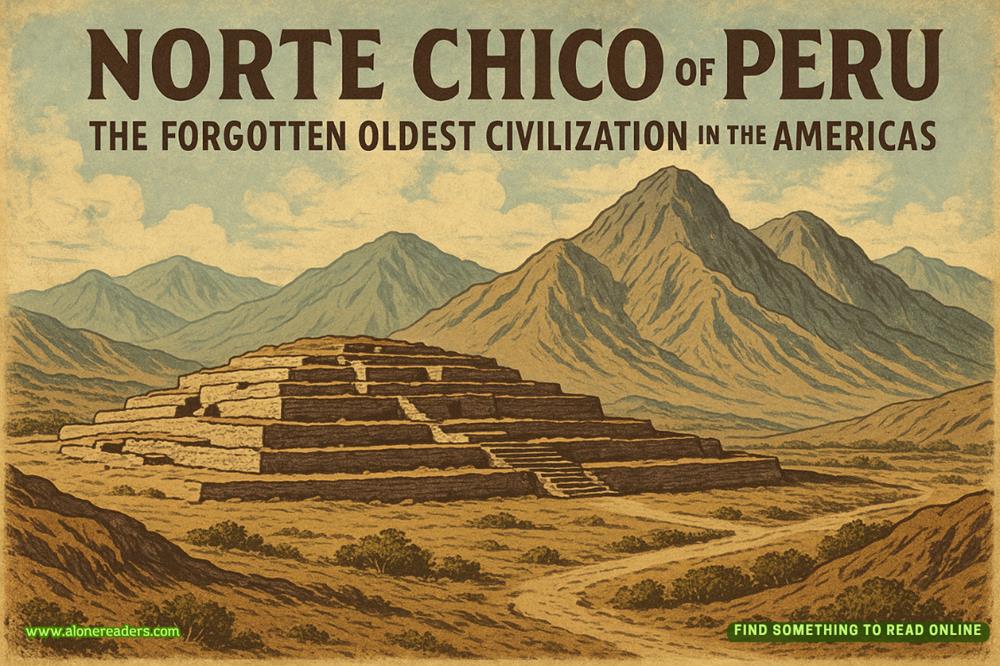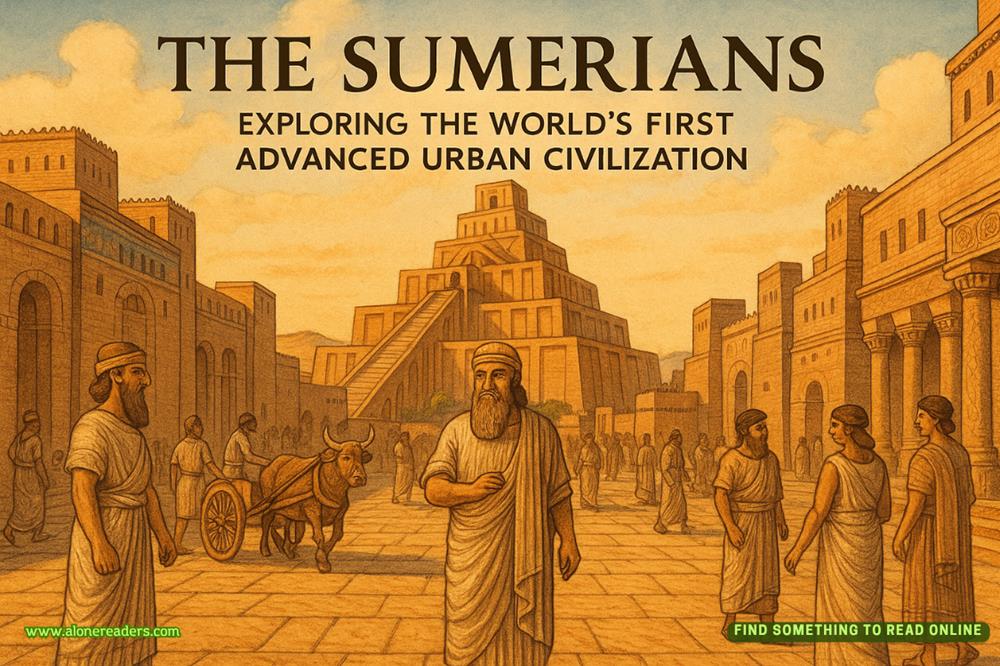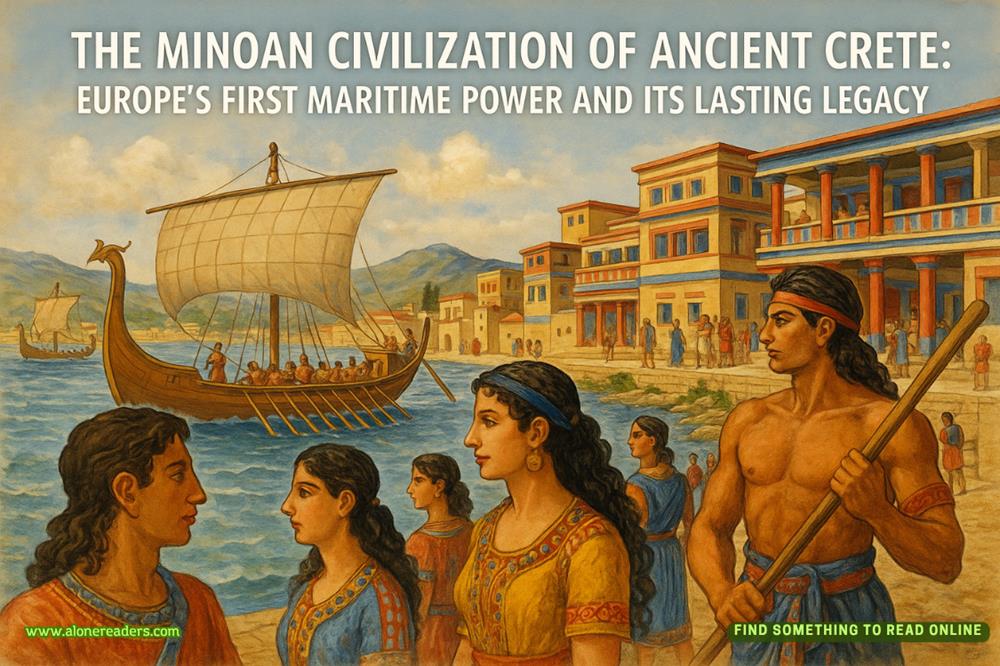Page 12 of The Hitchhiker in Panama
Eivind led me out to the deck of the boat. He grabbed a spare rope that hung off the rail and we walked to the bow.
He pointed down to a metal fixture on the deck. “This is a cleat. We have them all over the boat”—he pointed out various others—“and this is how we attach the boat to the dock or a wall or another boat. Whatever we need.”
The cleat was a piece of metal in a T shape, with a short, stubby base and longer arms. The edges were all rounded and curved. Most of the cleats on the right side of the boat had ropes wrapped around them, which were tied to cleats on the dock.
“Wait here.” Eivind crossed the deck and climbed down onto the dock. He went to a cleat on the dock ahead of me and to the left. Quickly, he fastened the rope to the cleat, his hand a blur of movement.
“Now I will throw you the line, yes?”
“Okay.” I held my hands out like a footy player ready to catch.
“Ah, not like that. Hold your arm out like this.” Eivind demonstrated, holding his arm straight out to the side of his body. “I will aim for just over your arm, and all you have to do is—” He mimed a curl, catching an invisible rope between his bicep and forearm.
“Okay.” I held out my arm.
Like William Tell’s son getting an apple shot off his head, I had to trust Eivind not to brain me with the line. Eivind kept the rope coiled in one hand and held some slack in the other. He swung the rope once, twice, and on the third time he let go and it flew toward me. I closed my eyes and winced, but the rope hit my arm and I quickly grabbed at it.
Eivind gave me a boyish grin. “See, I have a good aim, yes?”
I laughed. “Yes, okay. I trust you.”
He nodded decisively and climbed back aboard. “Take the line over the lifelines, on the outside—yes, good—and pull the line under.”
I squatted on the deck next to the cleat. “Lifelines?” I asked, placing my hand on the rail. UnlikeSilver Lining’s, this rail was soft under my fingertips.
“Yes. They will save your life. They are to keep you from going overboard.”
I inspected the lifelines skeptically, which were made of a thin rope with a fine texture. “They don’t look very strong.”
Eivind crouched beside me. “They are a special material called Dyneema. The boat has”—he waved his arm to encompass all ofEik—“so much Dyneema. It is super strong and light. That is why we use it. Trust me.”
“Okay, so what do I do with the rope?”
“Line. It is called a line.”
“What’s the difference?”
“A line is cut a specific length; a rope is not.”
“But aren’t all ropes cut to a specific length? There’s not a rope somewhere out there with infinite length.”
Eivind rubbed the stubble on his jaw. “Yes, but the line, it has a job. It is cut to do something specifically. Like, this line is for a dock line. We use it to tie our boat to the dock. You see?”
“I think so. So, do you have any rope on board?”
Eivind chuckled. “No, I think not. It is all lines.”
“Okay, so what do I do with theline?”
“With theline”—Eivind nudged me playfully—“we take it around the base of the cleat. One whole trip around and you bring the line like this . . .”
Eivind demonstrated a figure-eight shape around the two arms of the cleat. “To lock it, you make a loop and twist.” He tucked the loose end of the line under one of the previous wraps. Eivind tugged it and then stood up, reaching over the lifeline to pull hard on the newly tied-off line. “That is how you cleat a line.”
We undid and redid the line over and over again until I was confident, Eivind guiding my hands when I got confused, or watching me carefully to make sure I understood.
“When we go through the canal, there will be people on the walls with a thing called a monkey’s fist. The monkey’s fist has a small line attached, so they throw this monkey’s fist at you. It usually will hit the deck and that is okay. They try not to hit the windows. You grab it and pull the small line up. This small line, you tie to our line, and they will pull our line up onto the wharf. Understand?”
I nodded, feeling heavier with the responsibility. I had to catch the monkey’s fist or make sure it didn’t hit the windows and then make the transfer of the line. “Okay.”















